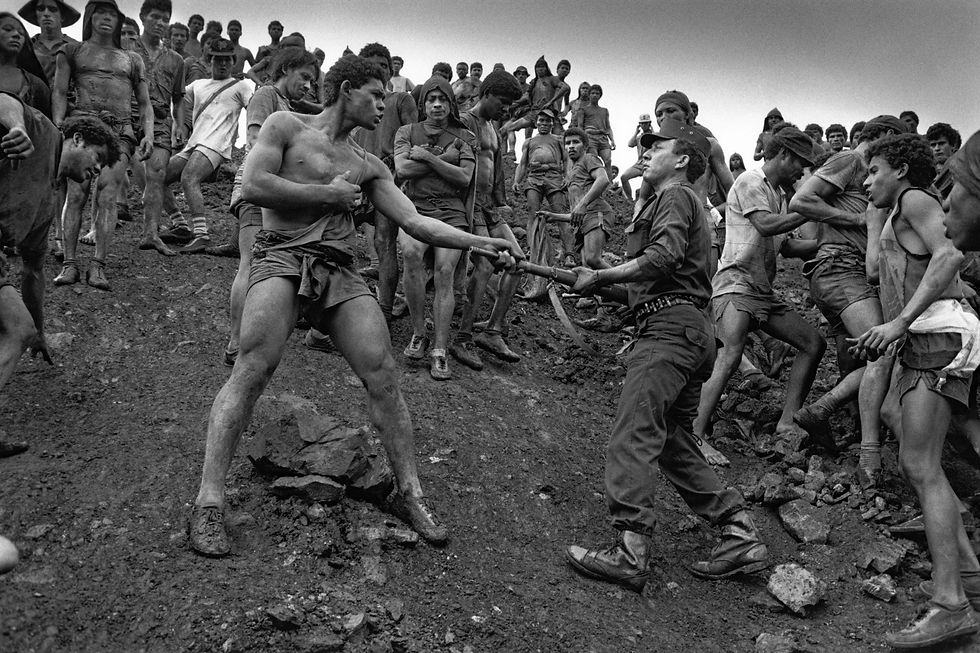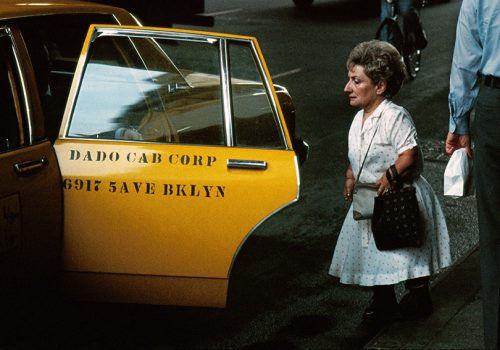Sebastiao Salgoda
- Frank Willis

- Dec 22, 2020
- 2 min read

Brazil, 1986, © Sebastião Salgado.
In 1986, the Brazilian photographer enters a huge gold mine near the village of Serra Pelada, Brazil. Nearly 50,000 men scramble to remove the sticky mud by hand. When suddenly, a fight breaks out.
Look carefully. Can you see how the policeman holds his gun? With his finger on the trigger, he's ready to fire. The image has suspended time at the precise moment when anything can happen, when fate leans towards murderous violence. “When this fight started,” says Sebastião Salgado, “I was very close. I turned around, took ten pictures, no more, very quickly. " It is 1986, he has just arrived at the Serra Pelada gold mine in the Brazilian state of Para, where he will spend more than three weeks.
“At the edge of this huge hole, I saw all these men working together without any machine, everything in their hands, without the sound of an engine, only the voices of human beings and the clash of tools on the ground, and I felt such emotions that I had chills. ”
Under his eyes, the intense activity of 50,000 men evokes that of the slave-builders of the pyramids, and their rudimentary means recall the rush of other gold seekers in the Klondike at the end of the 19th century. But here, the 1,200 or so vertically mined concessions have turned the hill into a crater the size of three football fields, drowned in the rainy season, and now it is mud that the garimpeiros are digging up. A mud that sticks to their skin. A mud that they must remove by hand, in bags, to reach the gold.
On the day of his arrival, the photographer was entitled to a very special treatment: the miners, who believed he had been sent by the company that owned the land, showed their aversion by jostling him with their load of mud. “After an hour,” he recalls, “I was covered in mud, my devices too, I couldn't work. ».
The clash he seizes is also provoked by this muddy earth. The bags must be dumped within a specific perimeter. A few do not succeed, they are emptied anywhere. The police then intervenes. Hence this scene where a scantily clad, unarmed man challenges another, in uniform - a sign of authority - and endowed with the power to kill.
But the first man, tall, muscular, dominates physically. Arrogant, he displays his disdain for his opponent, less sturdy, who hesitates. And who, in the end, won't shoot: out of the corner of his eye, the little cop saw the other garimpeiros approaching, he saw their open hands reaching out for the pebbles littering the ground. He gave in.


Comments